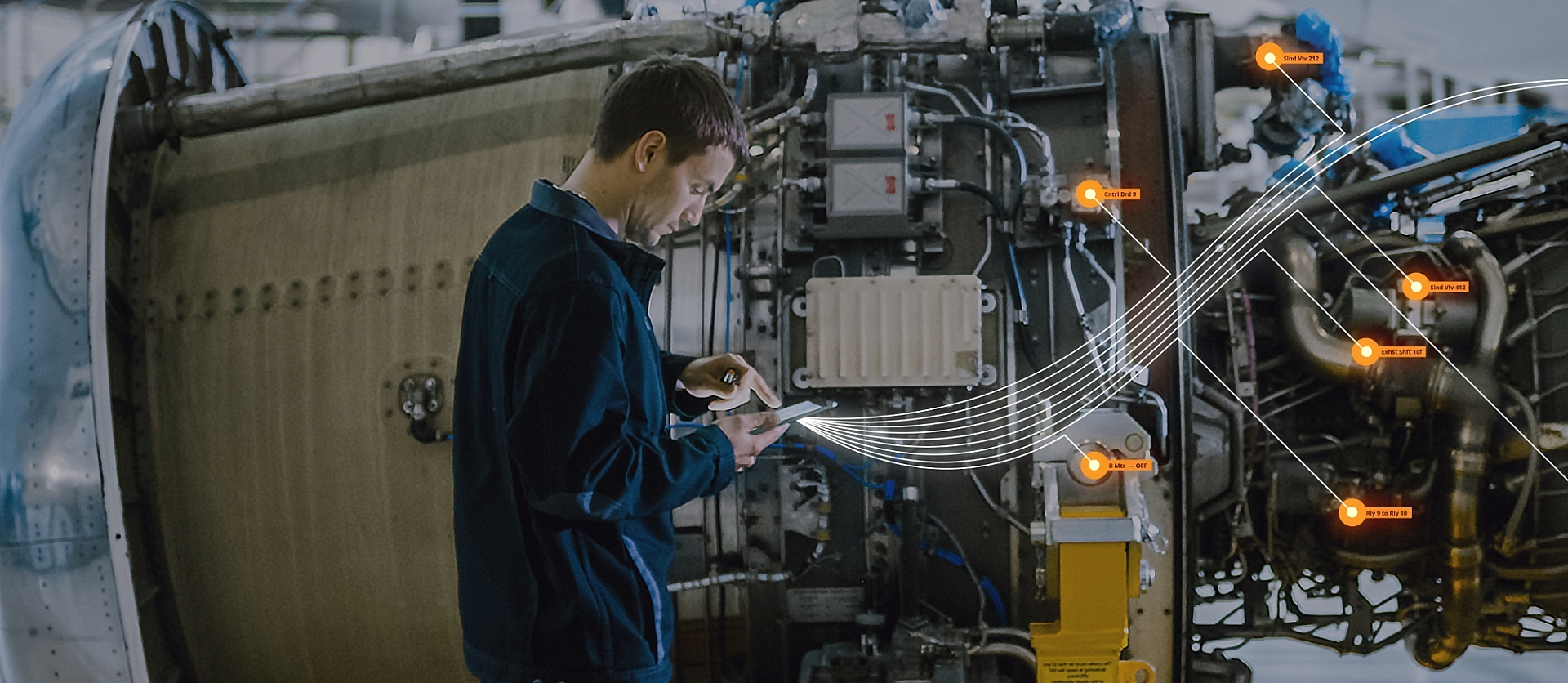An Interview with CEO Thomas Cottereau
The industrial sector has faced unprecedented changes driven by smart technology in recent years. SightCall partnered with Copperberg to produce a report on The State of AI in Field Service. The report highlights findings gathered from a large number of companies serving almost every industry—from automotive and machinery to food and beverage with the goal of determining to what extent field service is poised for broader AI adoption.
The research shows that today’s field service organizations are craving for AI capabilities that can help them improve customer satisfaction, reduce human errors, share information more transparently, enhance employee satisfaction, and increase worker safety.
Since 2008, SightCall has been improving the communication of world-class service organizations with the transformational power of AR and AI-powered visual assistance. Thomas Cottereau co-founded SightCall to unleash real-time communication and bring it into the field to deliver new experiences in service. We sat down with him to learn more about his thoughts on the future of AI and how it will evolve to optimize technician experiences.
Q: In the survey, 37% of field service leaders indicated that they perceive AI as hard to deploy. Do you agree with this perception and what do you think can be done to make it less challenging?
A: It’s interesting to see that so many survey respondents, more than half, identified AI as either useful or essential to field service, but a large number also indicated that it was hard to deploy.
Rather than thinking of AI as a weighty additional platform or technology that needs to be built from the ground up, companies can select solutions that already embed AI as part of their offering. This means the solution provider is doing all of the hard backend work to integrate AI into their platform. Now it is easier for you to consume and you benefit from all of the AI capabilities without having to deploy it yourself.
A platform like SightCall gives you the benefits of AI without the AI headache. Now imagine that every time your technician arrives at their job site, they know exactly what work needs to be done and have all the correct skill and tools to complete it. That’s what the right AI achieves. It eliminates skills gaps and even language barriers. It gives technicians smart resources at the touch of a button that can help with predictive analysis and recommendations.
AI is arriving in field service not in one giant deployment, but through a myriad of features and systems that all work together to empower your technicians and supercharge your service offerings. If service leaders keep this in mind and continue to bring AI-focused partners into their technology stack, they’ll be poised for greater success. Not only will you begin to benefit from AI across your workflows, but you’ll also benefit from experts that are continuously improving AI capabilities and are on hand to help you implement them.
Great technology partners, including SightCall, can also help with the most intimidating parts of the process – like feeding your AI engine with the data they need to recognize the products and equipment your technicians use daily, enabling automated processes and predictive maintenance.
“AI is arriving in field service not in one giant deployment, but through a myriad of features and systems that all work together to empower your technicians and supercharge your service offerings.”
– Thomas Cottereau CEO, SightCall
Q: How does visual assistance leverage AI to empower field service organizations?
A: Visual assistance with AI technology uses continuous data evaluation and processing to streamline scheduling, dispatch, and maintenance processes.
With live translation, language barriers are removed, allowing the technician with the most applicable skills to complete tasks no matter where they are located. AI translation works for both speech and visual text which also empowers on-site technicians to easily interpret relevant signs, labels, instructions, or product information.
Image recognition can provide technicians with live recommendations based on images extracted during visual support sessions to identify products, diagnose problems, and propose solutions. Data and photos taken from the session can be identified and fed back into an AI engine to improve future insights and recommendations.
We’ve already seen that visual assistance can eliminate unnecessary truck rolls and reduce parts wastage. With AI features we ensure that technicians have everything they need to provide excellent service quickly and efficiently the first time.

Q: 43% of Field Service Organizations reported that they are using video to resolve issues remotely. For service leaders who haven’t considered visual assistance yet, what are the benefits they can expect to see?
A: Visual assistance platforms like SightCall improve both the customer and technician experience to allow organizations to deliver better service. Our platform helps organizations collect, share and deliver service knowledge so all technicians can work at their maximum potential, regardless of their experience level or expertise.
By empowering technicians to perform their tasks through a streamlined remote process, we’ve seen increased efficiency realized through truck roll reduction, parts optimization, improved fix rates, improved equipment uptimes, reduced training times, and an increase in customer satisfaction.
Q: What do you see as the future of AI in field service and where do you think AI can take us?
A: I have no doubt that the future of AI in field service is a future where technicians and service agents are augmented by technology to perform at their absolute best. This study shows how many field service organizations already see the value in AI to help them with improving customer service and technician satisfaction along with reducing errors and increasing safety and transparency. Many are already starting to deploy AI in parts of their organization or planning on doing so soon.
As AI adoption increases and customers continue to demand faster service, we see a move towards more predictive and automated maintenance.
For organizations who are just starting on this journey, it’s important to understand that integrating AI into a field service organization is a process, one that can start with features that eliminate barriers to performing service tasks and moves towards providing analysis and recommendations.



